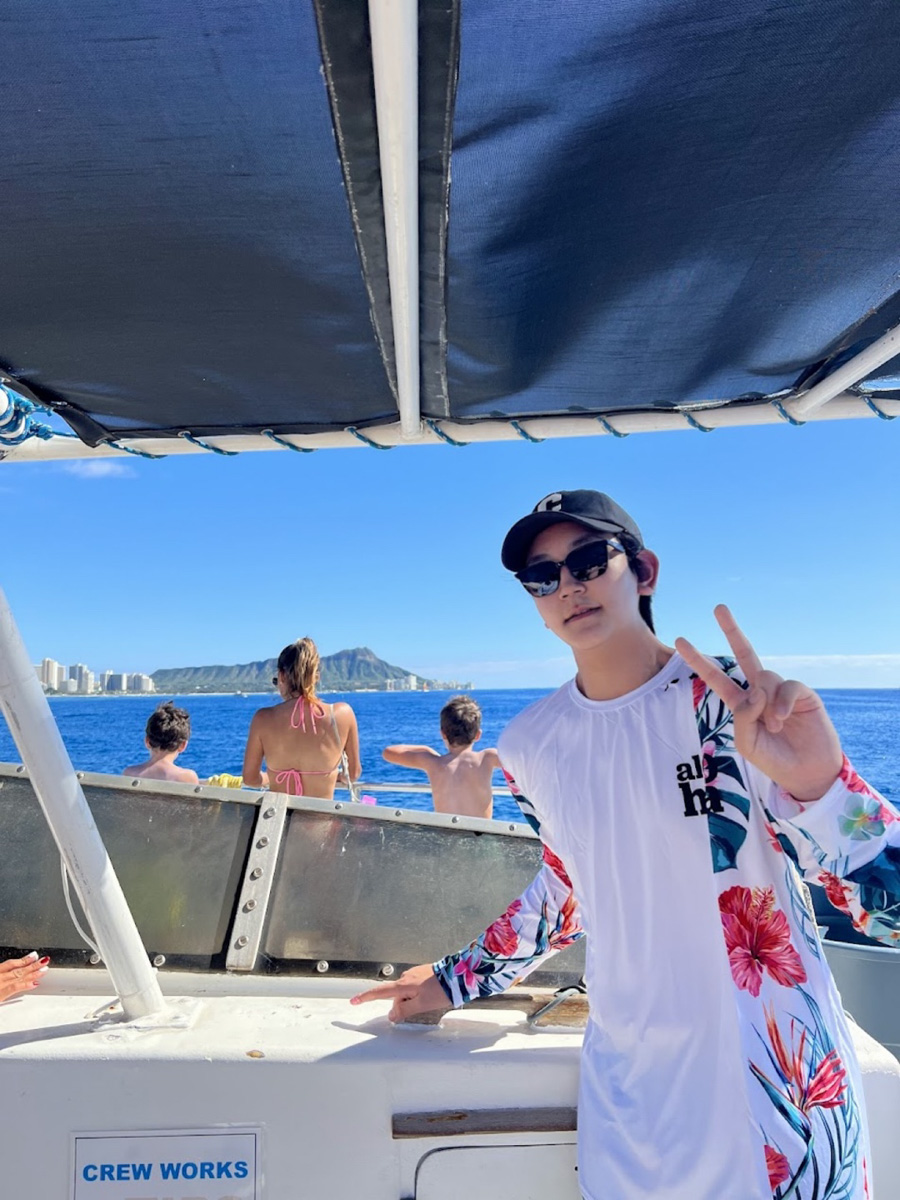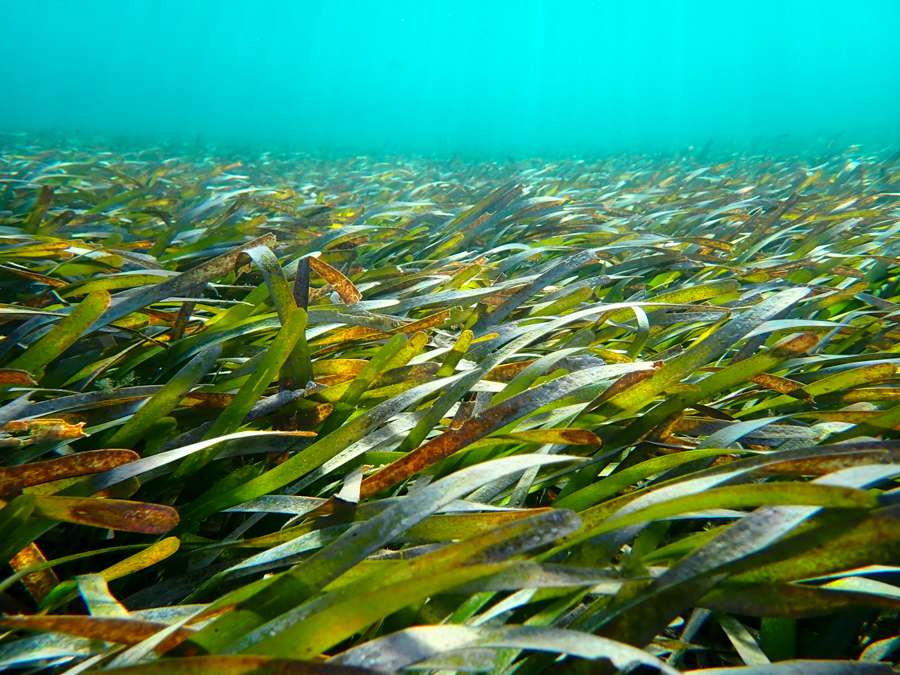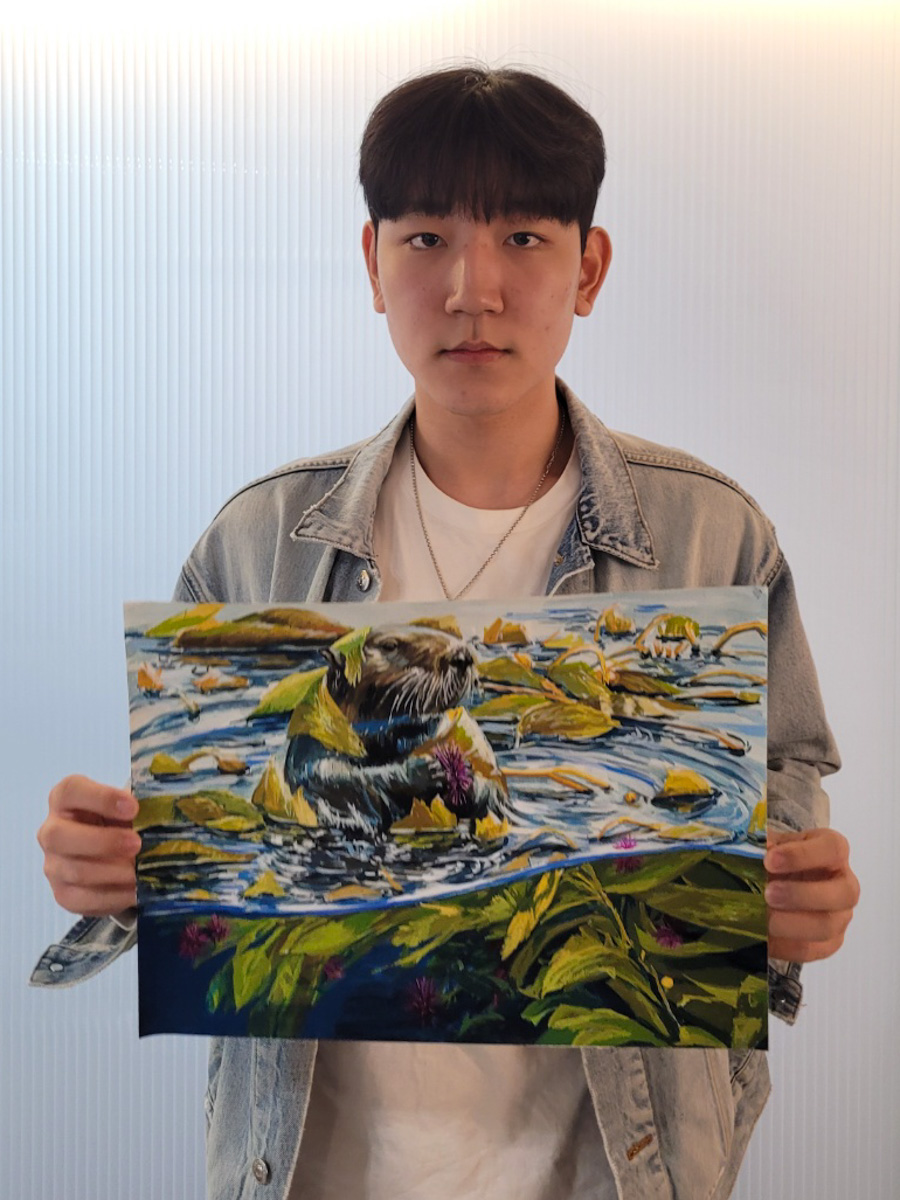
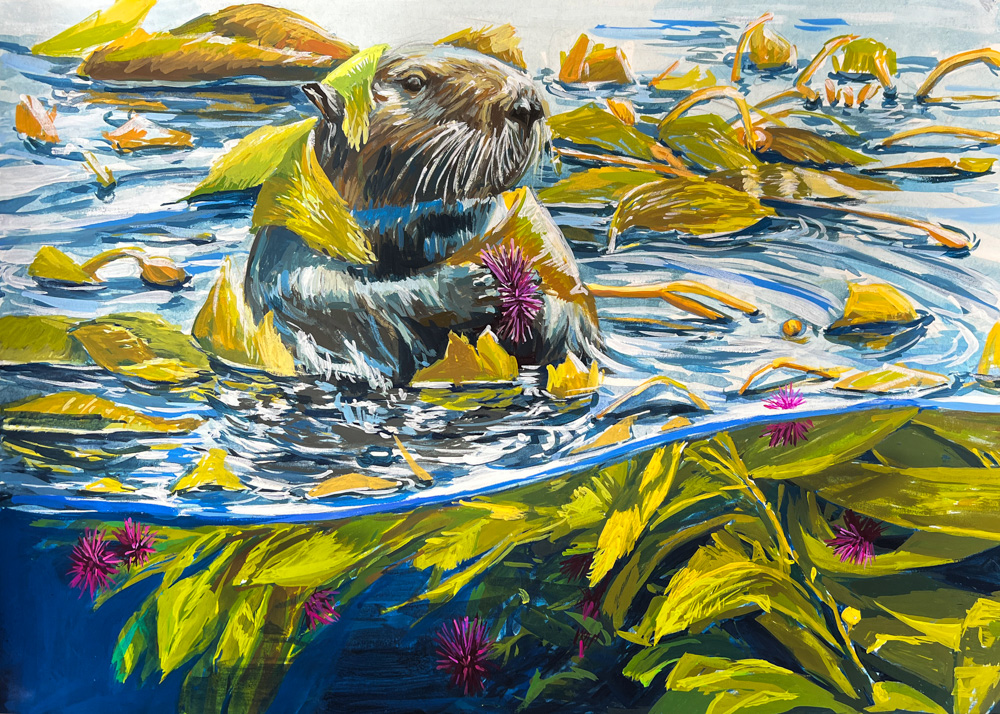
We hope you enjoyed meeting Gia, the first-place winner for ages 11-14 of our 2025 Science Without Borders® Challenge. It is my pleasure to introduce you to Hyungjun Chin, the first-place winner in our 15-19-year-old age group!
Hyungjun is a humble and dedicated student whose passion for both science and art shines through in his award-winning piece. When we reached out for an interview, he was in the midst of preparing for several Advanced Placement (AP) exams, a reflection of his strong academic commitment. But beyond the classroom, he has a natural talent for visual storytelling and a desire to use his creativity for good.
According to his art teacher, Ms. Jaiwon Lee from Orange Cube Seoul, Hyungjun’s artistic journey has been marked by rapid growth and a deepening ability to communicate through visual storytelling.
“Eric’s ability to apply a range of techniques and tools has advanced significantly, allowing him to express his ideas with greater freedom and clarity,” said Ms. Lee. “For this competition, he created emotionally resonant work that moves his audience.”
The theme of this year’s contest, Marine Keystone Species, was a perfect match for Hyungjun’s passions.
“Even before the results, he was genuinely engaged and excited by the theme—an intersection of his two passions: art and science,” Ms. Lee continued. “The award not only validated his efforts but also reassured him that he excels at what he loves. It was a meaningful moment that showed him his work has the potential to make a real impact on a global scale.”
Let’s hear more from Hyungjun himself as he shares his thoughts on winning the Science Without Borders® Challenge, the message behind his artwork, and his hopes for the planet.
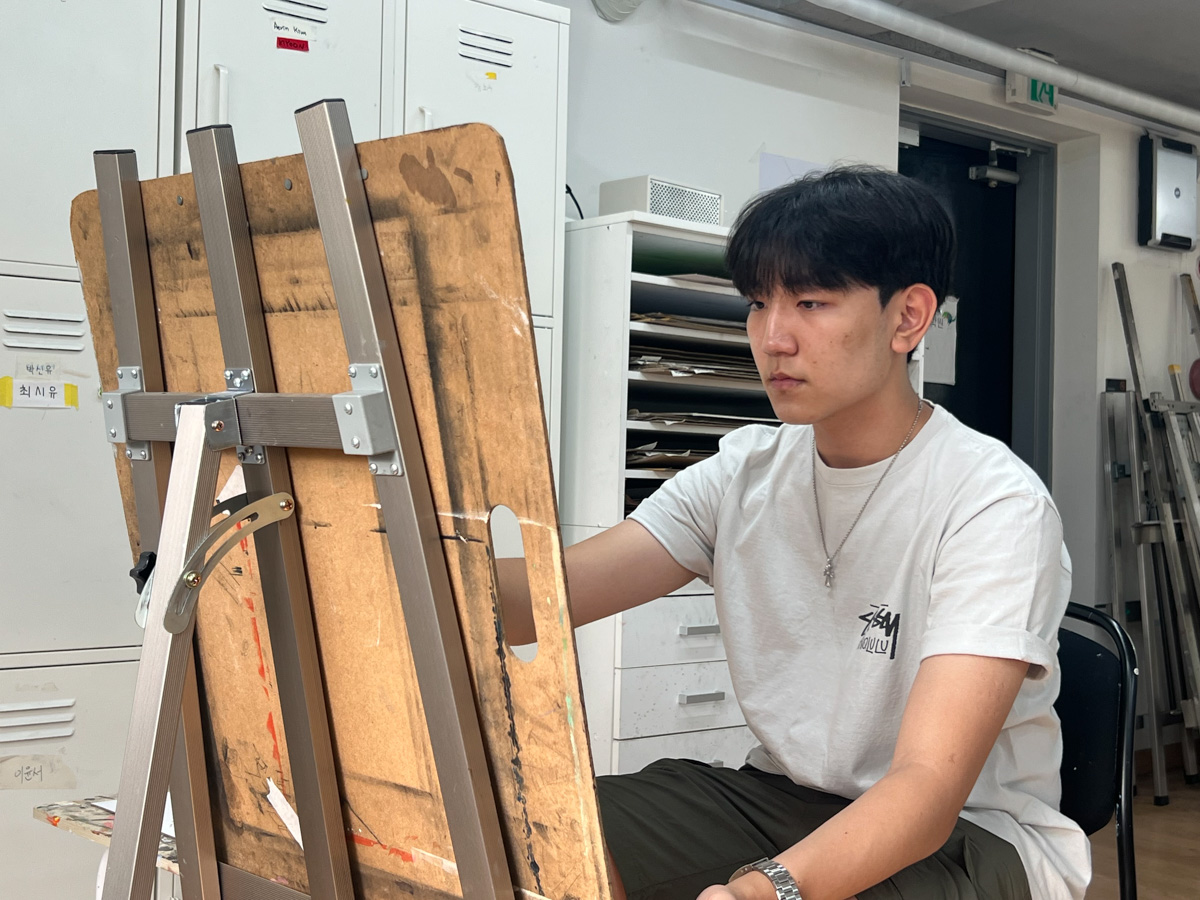
Q: Tell me about your artwork. What is it, and what message are you hoping it will convey to others
A: My artwork focuses on the delicate balance within the kelp forest ecosystem, highlighting the relationship between sea otters, sea urchins, and kelp. Sea otters are a keystone species—they play a crucial role by eating sea urchins, which helps protect the kelp forests from overgrazing. Without sea otters, the sea urchin population would explode and destroy the kelp, leading to the collapse of the entire ecosystem. I wanted my artwork to show how every species has a role and how protecting even one can save many. My message is simple: protecting nature starts with understanding its connections.
Q: What did you learn by participating in the Science Without Borders® Challenge?
A: Through this challenge, I learned how art can be a powerful tool for environmental education. I also deepened my understanding of marine ecosystems and how they are affected by even small changes. Researching the relationships between sea otters, sea urchins, and kelp helped me appreciate how fragile and interconnected nature is.
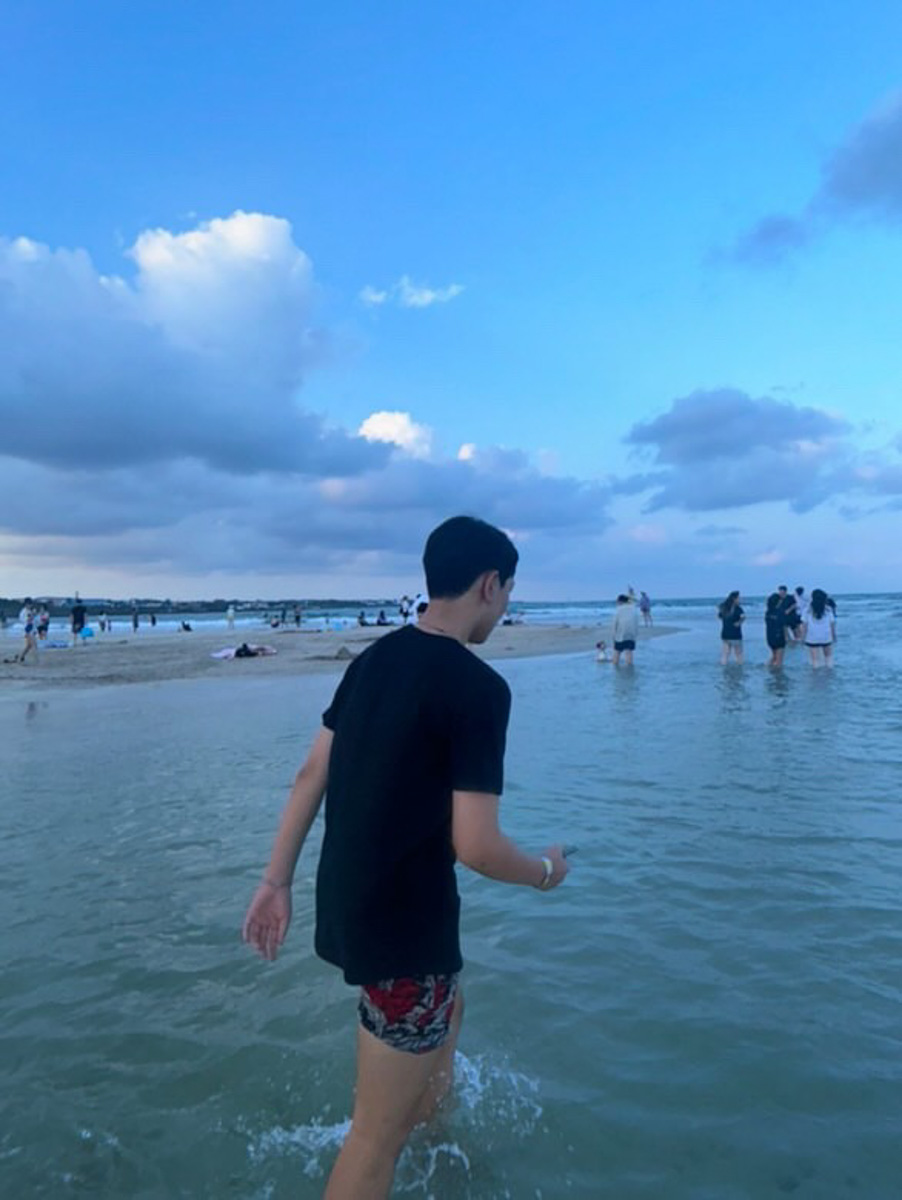
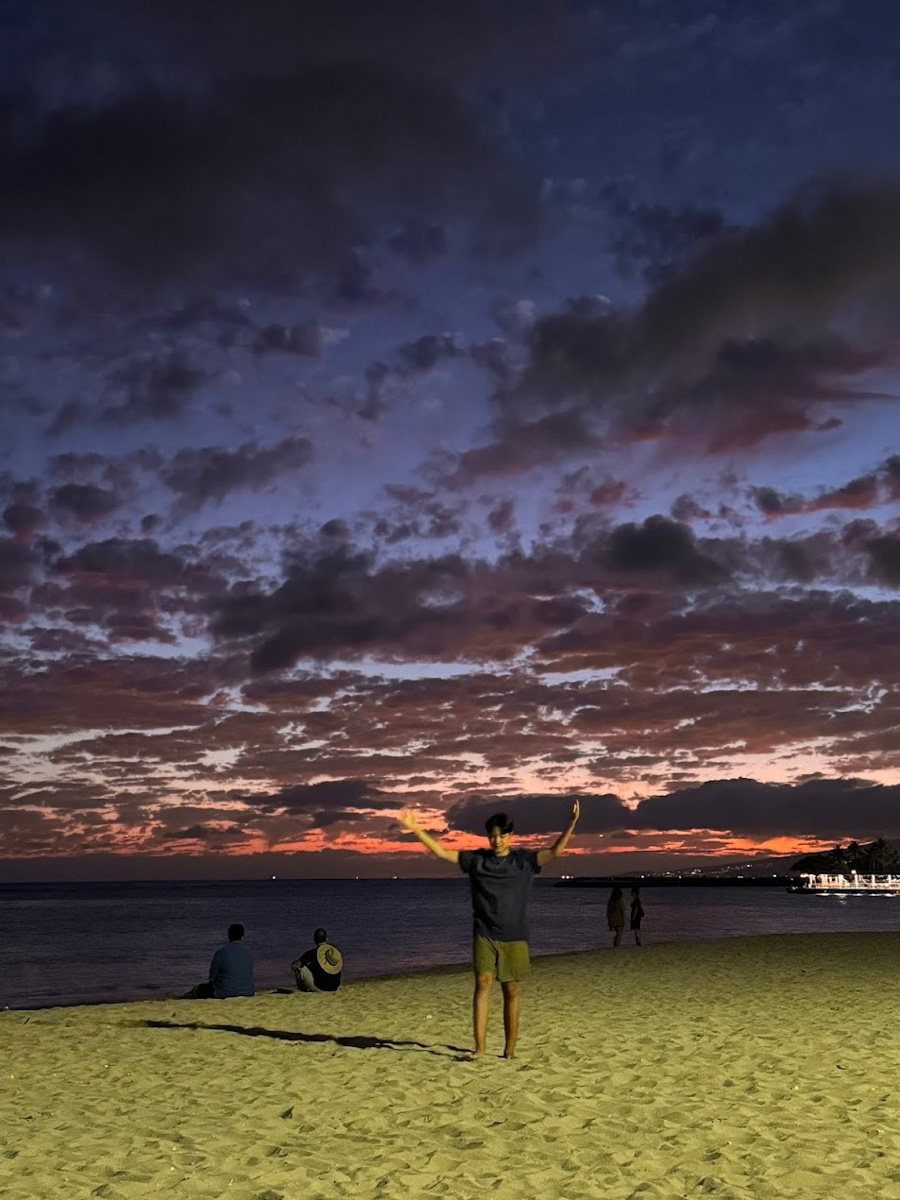
Q: Are there any environmental issues you’re particularly passionate about, and why? Has this experience changed how you see your role in protecting the ocean or the planet?
A: I’m especially passionate about protecting marine ecosystems, because they are often overlooked but are incredibly important for the health of the planet. This experience has made me more aware of how our actions—like overfishing or pollution—can disrupt entire ecosystems. I now feel a stronger sense of responsibility to use my voice and my art to raise awareness and encourage others to take action, even in small ways.
Q: Is there anything else that you would like to add?
A: I want to thank the Khaled bin Sultan Living Oceans Foundation for giving students like me a platform to speak out through art. This contest reminded me that no matter where we live, we all have a role to play in protecting our oceans and planet. I hope my artwork can inspire others to learn more about the environment and take steps to protect it.
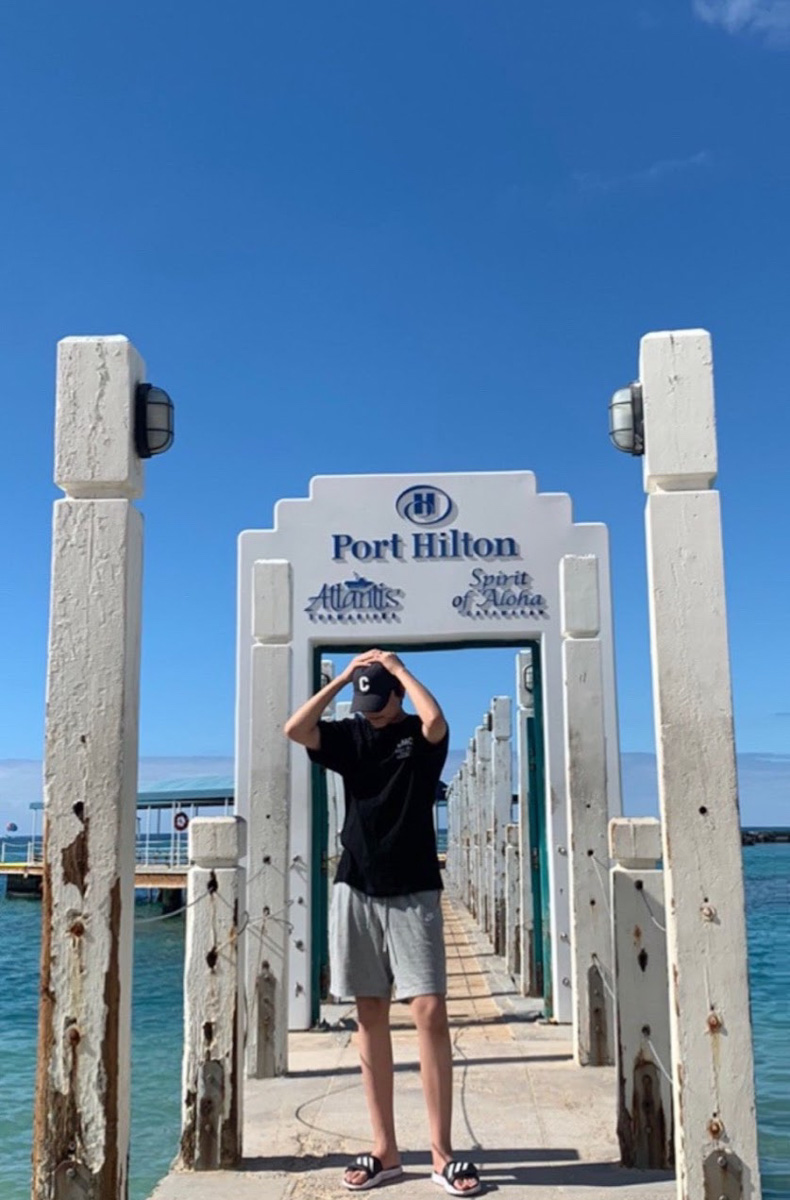
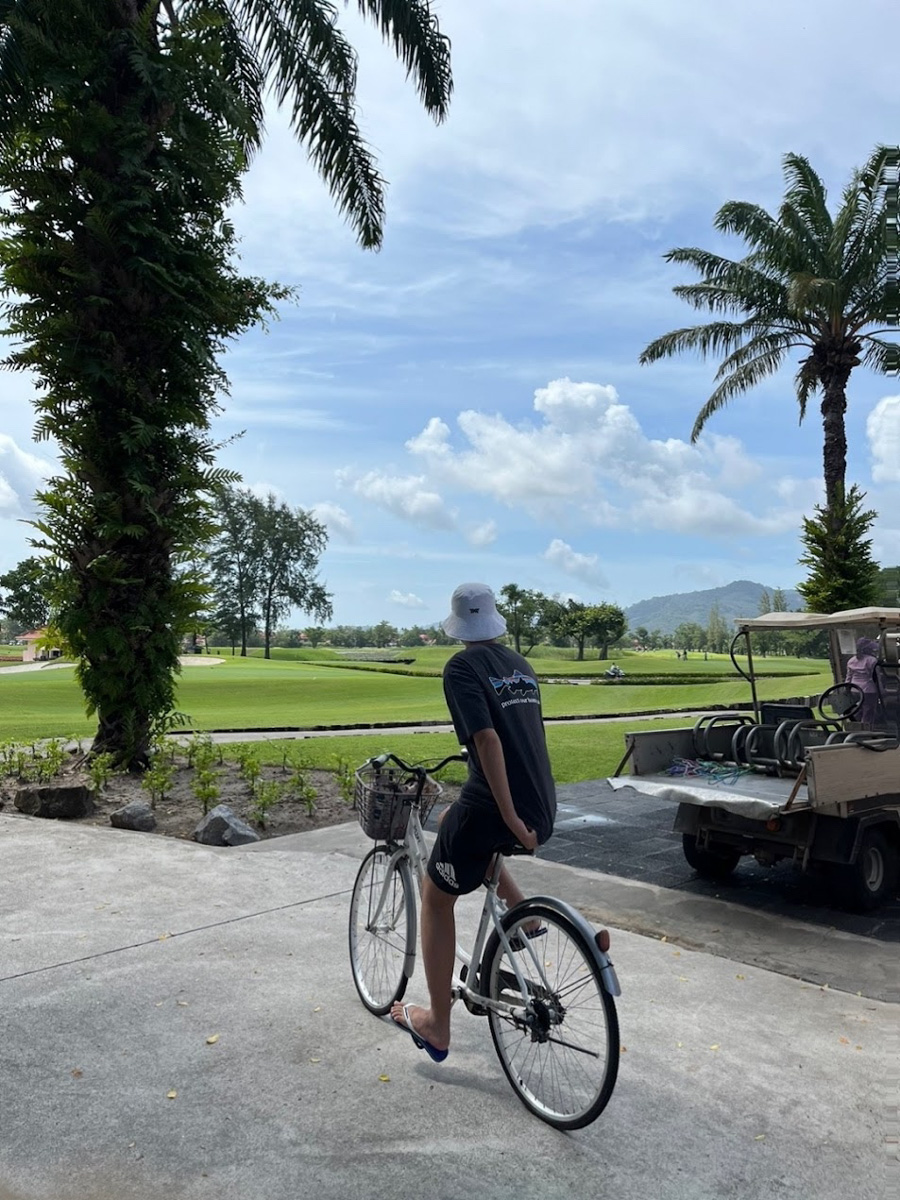
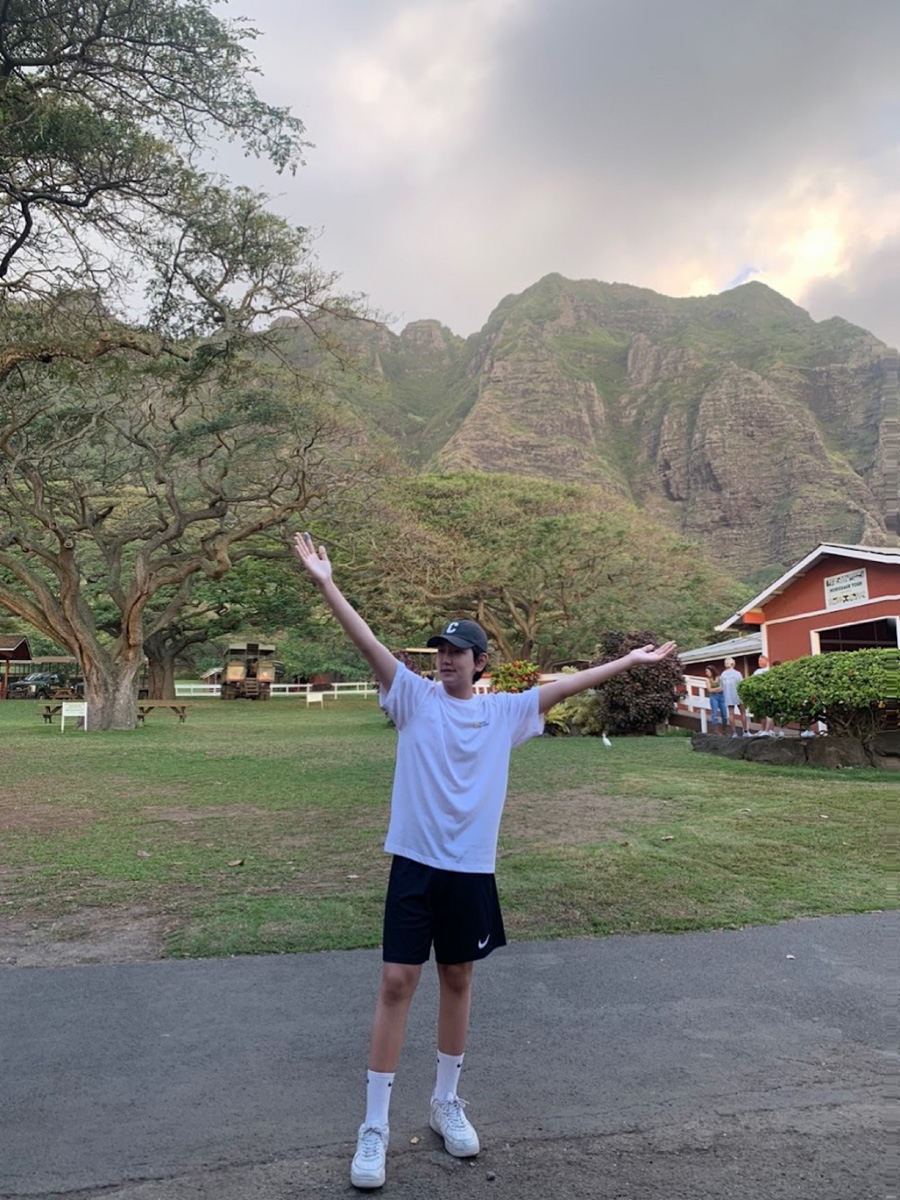
Q: What message would you give to other young artists or students who want to use their talents to help the planet?
A: I would tell them that their voices and talents matter. You don’t have to be a scientist or a policymaker to make a difference. Art has the power to change perspectives and inspire people to care. If you’re passionate about something—like the ocean, animals, or the climate—go use your creativity to speak up. Even small actions can lead to big changes.
Q: Do you plan to continue creating art about the environment or marine life?
A: Yes, I definitely do. This contest made me realize how much I enjoy combining art with environmental messages. I plan to keep exploring different environmental topics through my artwork, especially those related to ocean conservation. I hope my future pieces can continue to inspire others to care about our planet.
